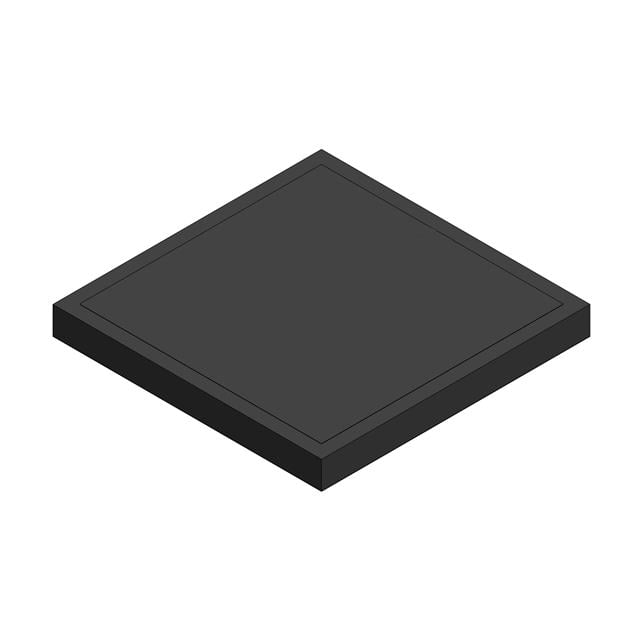T1112P Series, Photodiodes
Results:
1
Filters
Applied Filters:
T1112P
About Photodiodes
The photodiode family comprises a range of devices used for the detection and measurement of light. These devices employ a semiconductor junction, similar to that found in rectifier diodes, to convert incident light into electrical signals. The available devices within this family are designed to meet a variety of application-specific requirements.
Photodiodes adapted for sensitivity over narrow wavelength ranges are commonly utilized in scientific and industrial applications, such as spectroscopy, where precise measurement of specific wavelengths is critical. Other devices within this family are adapted for sensitivity over a broad range of wavelengths, making them well-suited for general-purpose light detection applications.
Some photodiodes are suited for detecting high-speed optical signals, making them an integral component in fiber optic communication systems. These devices can detect signals with high precision and speed, enabling reliable transmission of data over long distances.
Other photodiodes are specifically designed for the detection of extremely low levels of light, even down to individual photons. These devices find applications in fields such as medical imaging, astronomy, and distance measurement, where the ability to detect very low levels of light is essential.
In conclusion, products in the photodiode family are utilized for the detection and measurement of light, employing a semiconductor junction to convert incident light into electrical signals. The available devices within this family are adapted for a wide range of purposes, including sensitivity over narrow or broad wavelength ranges, detection of high-speed optical signals, and detection of extremely low levels of light. These devices find applications in various industries, contributing to the advancement of scientific research, communication technology, and medical imaging.

